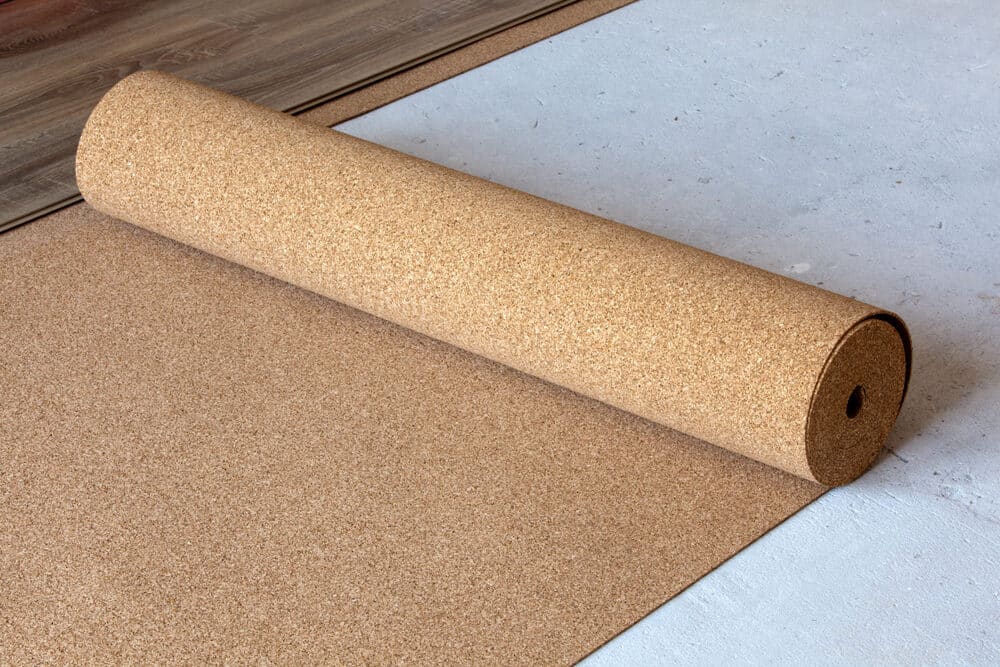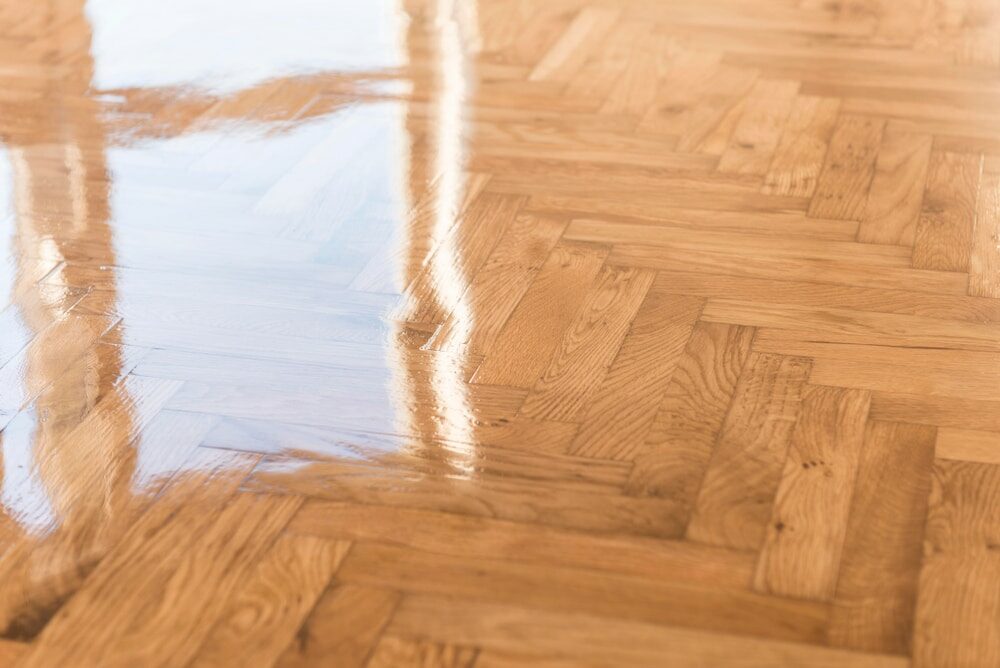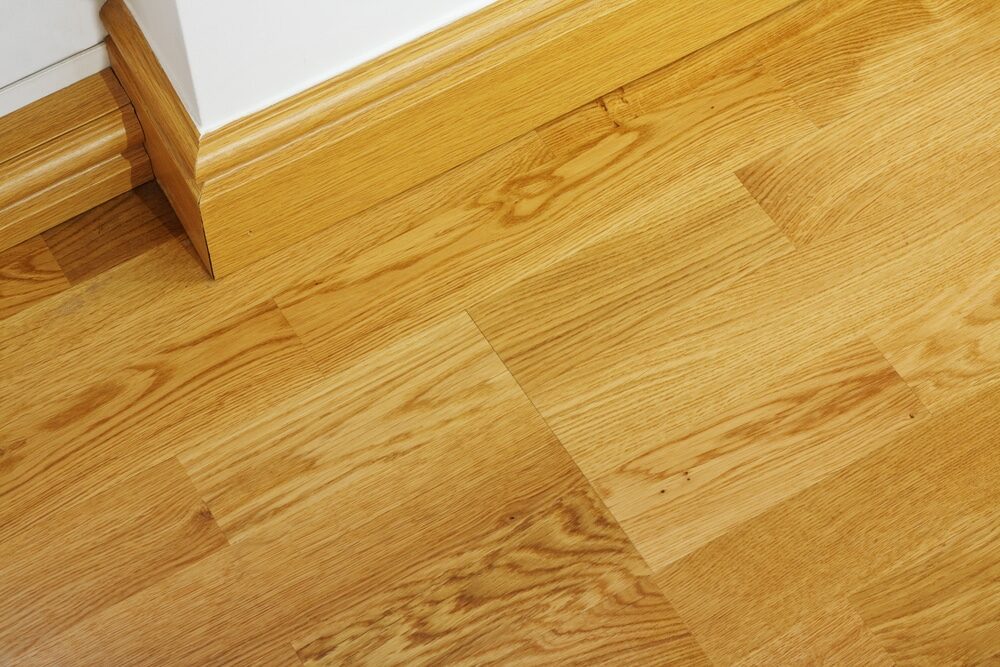London:
Nationwide:
Understanding the Effects of Heating on Wood Floors
Posted on May 27, 2023
News
Let’s Uncover The Impact of Heating on Your Wood Floors
Wood floors are a cherished feature in many homes, appreciated for their natural beauty, durability, and timeless appeal. However, they are also susceptible to various environmental factors, and heating is a significant one. This comprehensive guide will explain how heating can affect your wood floors, the precautions to take, and ways to minimize potential damage.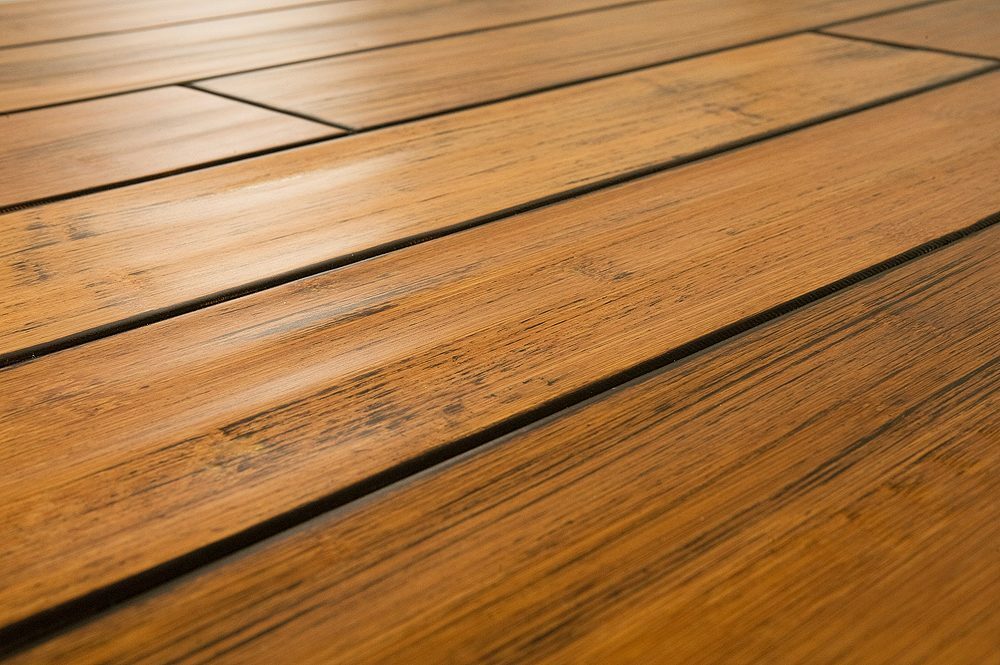
The Science Behind Wood and Heat
To understand the effects of heating on wood floors, it’s crucial to recognize that wood is a hygroscopic material. This means it naturally absorbs and releases moisture from its surroundings, attempting to reach a state of equilibrium with the ambient conditions. Therefore, the moisture content in wood will fluctuate with changes in relative humidity and temperature, which can lead to dimensional changes—expansion when it absorbs moisture and contraction when it releases moisture.How Heating Affects Wood Floors
Heating systems, whether they’re central heating units, space heaters, or underfloor heating systems, can significantly influence the conditions that your wooden floors experience. The following are key ways in which heating can impact your wood floor:1. Shrinkage and Gapping
When the heating system is turned on, particularly during the winter, it reduces the relative humidity inside the home. This drop causes the wood to release moisture, leading to shrinkage. One noticeable effect of this shrinkage is the appearance of gaps between the floorboards. These gaps usually close up when the heating is off and the humidity level rises again. However, constant fluctuations can stress the wood, leading to permanent gaps or even cracks.2. Warping or cupping
In some cases, the imbalance of moisture levels within individual wood planks can cause warping or cupping. This usually happens when the bottom of the board retains more moisture than the top, causing the edges to rise.3. Dryness and brittleness
Extended periods of low humidity can make the wood excessively dry, leading to brittleness. This condition increases the likelihood of the wood getting scratched, dented, or cracked.4. Discoloration
Prolonged exposure to high heat can cause discoloration of wood floors, particularly if they have been stained or treated with certain finishes.Tips for Minimizing the Heating Effects on Wood Floors
Despite these potential problems, there are ways to mitigate the effects of heating on your wood floors:1. Maintain a stable indoor climate.
Strive to keep the indoor temperature and humidity as constant as possible. A temperature of around 60–80 °F (16–27 °C) and a relative humidity level of 30–50% are generally recommended for wood floors.
2. Use a humidifier.
Consider using a humidifier during the heating season to prevent the indoor air from becoming too dry. This will help keep the wood’s moisture content stable and reduce the risk of shrinkage and cracking.3. Proper installation
Ensure the wood flooring is properly acclimatized to the indoor conditions before installation. This process helps to minimize dimensional changes after installation.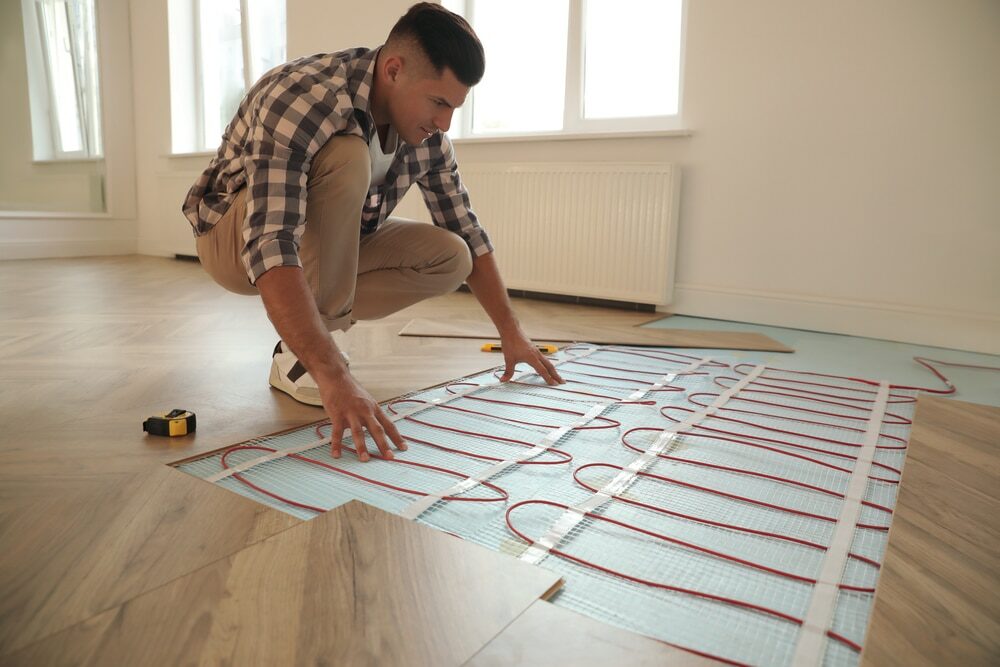
4. Choose the Right Wood
Different types of wood have varying reactions to heat and humidity changes. Woods with higher dimensional stability, such as engineered wood or certain species like teak or white oak, are less likely to expand or contract under changing conditions.5. Regular maintenance
Regular cleaning and maintenance of wooden floor, including appropriate refinishing and resealing when necessary, can help protect your wood floor from heat-related damage.6. Use rugs and curtains.
Rugs can provide insulation against heat, and curtains or blinds can protect the floor from direct sunlight, which can intensify heating effects.
Conclusion
Heating systems, while essential for maintaining a comfortable indoor climate, can significantly impact the health and appearance of your wood floors. Understanding the relationship between wood, heat, and moisture is essential to safeguarding your investment and maintaining the aesthetic appeal of your floors. As a homeowner, it’s vital to manage your indoor climate effectively, especially during the heating season. Utilizing humidifiers, choosing suitable wood types, ensuring proper floor installation, and maintaining regular upkeep are all proactive measures that can greatly minimize the adverse effects of heating on your wood floors. Keep in mind that while wood floors can be sensitive to changes in heat and humidity, they are also remarkably resilient when properly cared for. The charm and warmth that a wood floor adds to a home are irreplaceable, and with the right knowledge and care, your floor can withstand the test of time and continue to beautify your home for generations. Wood floors and heating systems can coexist harmoniously in your home, providing you with a warm, cozy environment without compromising the integrity of your floor. By understanding the effects of heating and how to counteract them, you’ll be well-equipped to maintain the splendor and longevity of your cherished wood floors.Some Useful Links:
- Floor Sanding Services
- School Floor Sanding
- Wood Floor Restorations
- Wood Floor Repairs
- Wood Floor Polishing
More from our Blog:
Maintaining a Dust-Free Environment in Wood Floor Sanding | Essential Tips Essential Facts About Wood Floor Sanding | Complete Guide Revive the Timeless Elegance of Parquet Floors: A Comprehensive Restoration Guide How to Colour a Solid Wood Floor: Complete Guide to a Stunning Transformation Hand-Scraped Wood Flooring: Discovering Its Unique Charm and Timeless Appeal
Sanding
We provide virtually dust-free sanding with our continuous belt machinery with mobile extraction units, giving you a safer environment for your family.
Oiling
This organic finish not only adds beauty to your home but also has exceptional water-repellent characteristics, making it easier to clean and maintain.
Waxing
This natural floor finish offers the softest and most mellow appearance – and leaves your floor able to breath.
Buffing
Using soft buffing machines (and hand-polishing where required) will bring a wonderful sheen to your newly-finished floor.
Repairs
We offer a full assessment of your wooden floors to determine what repairs are needed to provide the perfect working surface for the later stages of sanding, staining and sealing.
Restoration
We offer a comprehensive restoration process designed to address floors that are improperly fitted or damaged over time through wear and tear.
Request a fixed price quote for your wood floor restoration now
Simply enter your postcode below to get started.
Services
Wood Floor Sanding Wood Floor Restoration Wood Floor Scratch Repair Squeaky Wood Floor Repair Parquet Floor Sanding Parquet Floor Restoration Commercial Floor Sanding Church Floor Sanding Community Centre Floor Sanding School Floor Sanding Gap Filling Gap Filling with ResinCopyright © Mr Sander®
Privacy & Cookies Terms & Conditions Complaints Procedure Cancellation Rights Sitemap